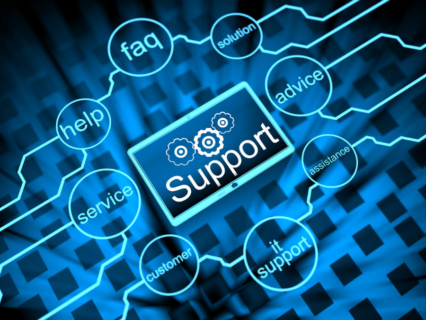Often, the company’s management not only does not think about mapping technology roadmap, but also does not always know what it is and why it is needed by a company whose core activity is far from the field of information technology. So, to the questions: “How is the technology roadmap defined in your organization? How is it implemented? How does it relate to the business strategy of the organization?” – most IT service managers in Los Angeles could not answer.
Unfortunately, modern realities are such that it is often only after a number of mistakes and wasted funds on unnecessary or ineffective solutions that an understanding of the need for strategic planning for a successful IT future.
In general, the roadmap answers the questions “who?”, “what?” and “when?”. The key advantage of the roadmap is the indication of the relationships between different departments over a long period of time. Since this tool is understandable for any specialist or investor, it is possible to use the roadmap to explain the business strategy literally in any negotiations.
Roadmap methodology
Before you start creating a roadmap, you should remember what it is not. This is not a SCRUM or a project tracker. That is, when drawing up a roadmap, it is not necessary to describe in detail the task and subtask for each employee.
The roadmap specifies only goals for a successful IT future, but does not focus on methods to achieve these goals. For example, in the process of developing a mobile application, an idea of a useful feature may appear, the development of which will require additional time. This does not fundamentally affect the fact that at the specified time the marketing department should receive comprehensive information about the general principle of the mobile application. Advertisers in Los Angeles can find out about the functionality of the new feature later. As a result, the release of the working version of the mobile application may be postponed to a later date, but the main terms of interaction between departments will remain unchanged.
Before mapping your technology roadmap, the following points should be determined:
Goals are time—limited stages that can be evaluated using certain indicators;
Strategy — a plan for the implementation of actions that need to be performed to realize these prospects;
Product (or business) prospects — what your product should become in the foreseeable future;
Functionality — part of the product or the main characteristic, the creation of which is one of the goals of the project;
Time frame — the time frame for achieving a certain goal. As a rule, only approximate chronological frames are indicated in the product roadmap;
Status markers — used to track the progress of work;
Metrics are tools that allow you to determine the degree of achievement of a goal, for example, the probability of uptime or organic traffic.
Using the roadmap
Since this tool is used for a long period of time, a high-ranking specialist should be responsible for the implementation of the technology roadmap in Los Angeles. It can be a product-owner, a project manager or a company manager of IT support. It is the person who is responsible for the interaction between departments and approximate compliance with deadlines and for a successful IT future.
Why can deadlines shift? Because the roadmap does not answer the question “how”, that is, when setting a task at the very beginning of the project development, it is difficult to predict what difficulties or, conversely, successful opportunities will arise in the implementation process. The task of the IT support manager is to assess the changing conditions and promptly make adjustments to the roadmap.




